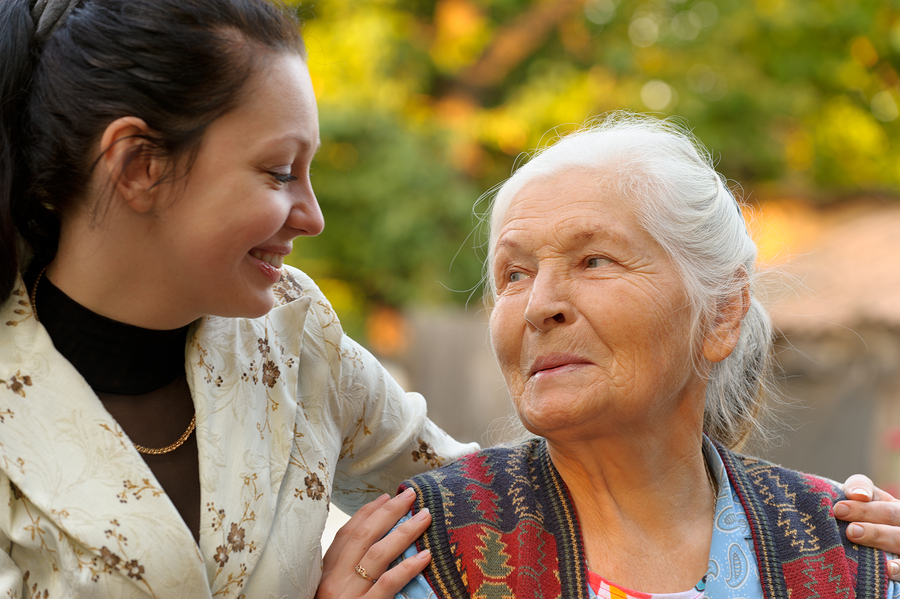We’ve heard it all our lives. Our predecessors have passed it down for generations through one of the many thousands of sayings, quotes, and adages that all say the exact same thing. Decades if not centuries of scientific research have provided boatloads of evidence pointing to the very simple fact that exercise is good for you and just about everyone.
Now, after two years and 1.4 million dollars spent on research, the researchers behind the Muscling Up Against Disability study have published their results, offering valuable new insights into just how effective exercise is for the elderly.
The study itself was a massive collaborative effort carried out by educational institutions such as the University of Queensland and Bond University, funded by a grant from the Aged Care Service Improvement and Healthy Ageing program provided by the Federal Department of Social Services, and also backed in part by Burnie Brad Centre and HUR Australia, who respectively offered facilities and equipment for the study.
Ken Wyatt, Minister for Aged Care was particularly pleased with the outcome of the study, calling upon examples of some of the participants experiencing very positive results.
The study was conducted on 245 senior citizens who were presently receiving government aged care support through an Australian Home Care Package or Commonwealth Home Support Package – explained by the government . All of these research subjects participated in progressive resistance plus balance training (PRBT) exercise sessions twice a week over a six month period.

Each PRBT session was closely supervised by a team of exercise physiologists who monitored the participants’ physical condition and progress. After this six month period, the participants continued unsupervised follow-up exercises for six more months after that.
Their progress was recorded at the start of the training and at the end of each six month phase, and was then compared to a control group who performed the usual activities for six months before undertaking in the same workout program.
There has already been a sizable amount of research done on PRBT and its effectiveness as an exercise program for the elderly, and most if not all of said research shows various positive benefits. Several studies have shown that progressive resistance and balance training has positive benefits on the overall quality of life of participants, and PRBT has also been found to reduce many of the risk factors associated with common diseases among the elderly such as type 2 diabetes, osteoporosis, and osteoarthritis.
The results of the Muscling Up study were well in line with previous researches: participants were found to have a significant increase in leg strength, an improvement to overall physical ability, a reduction in frailty, and a noticeable decrease in the occurrence of falls and sarcopenia (more commonly known as muscle wasting). The study also found improvements in the participants’ mental well-being, reporting a reduction in the occurrence of depression and anxiety symptoms.
Justin Keogh, Associate Professor at Bond University and one of the chief researchers behind the Muscling Up study expressed his satisfaction with the results. He stated that the study was able to show to the international community the benefits of progressive resistance and balance training as an exercise program for the elderly.
The study was also able to show that the PRBT program was also economically feasible for implementation, and recommends that PRBT or similar exercise plans be prescribed to older adults or added to wellness routines in aged care facilities.
Another researcher involved in the Muscling Up study, Dr. Anthony Tuckett from the University of Queensland, was also happy with its outcome. The average age of the Australian population is increasing much faster than before, which results in a sharp increase in demand for aged care.
Dr. Tuckett says that this increase in demand will place a burden on a healthcare system that already has enough problems to deal with, and notes that the Muscling Up study therefore came at the right time. The introduction of a cost-effective exercise program with a wide range of benefits like PRBT into the aged care industry would do a lot to help maintain the physical and mental well-being of the older population without having to resort to expensive medical treatments and aged care services.
Dr. Tuckett was particularly enamoured with the stories he had received from some of the participants, some of whom found the Muscling Up Against Disability program life-changing. One such participant was a 90 year old woman who had suffered from a stroke 6 years prior to joining MUAD in 2015, and while she continually suffers from other conditions, the MUAD program had greatly improved the strength of her core and leg muscles, which has given her increased mobility even in her advanced age.

Another participant, a 78 year old woman, said that the MUAD program has improved her balance, posture, and overall physical abilities, and that she could now go about her daily routines with more gusto. She expressed deep gratitude for the people behind the program, and continues to attend the exercise sessions in the follow-up program, Club MUAD.
Minister Wyatt echoed these sentiments, and added further that such exercise programs should be implemented throughout the country because of the wide range of benefits that it provides. He also said that senior citizens, regardless of whether or not they are retired or residing in an aged care facility like Homestyle, should undertake progressive resistance and balance training or some other form of exercise. If aerobic exercise is not an option, any other ways to get the body moving will still work – Minister Wyatt encourages yoga or dancing as good examples.
Exercise is to the body what reading is to the brain. It keeps your gears turning and, if done more persistently, allows you to do more. Exercise is important throughout a person’s life, but is even more so as you age.
The Muscling Up Against Disability study is only one of many other studies that prove this, and they all recommend that one should not simply let their golden years pass by, but savour every moment with a clear mind and an active body.

